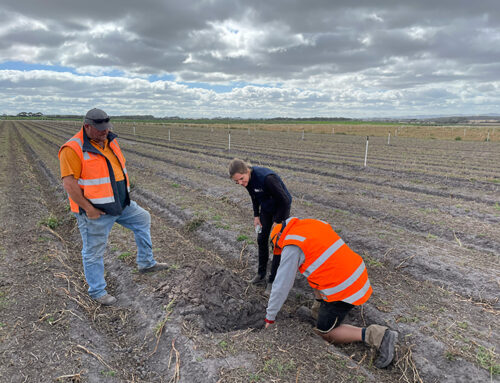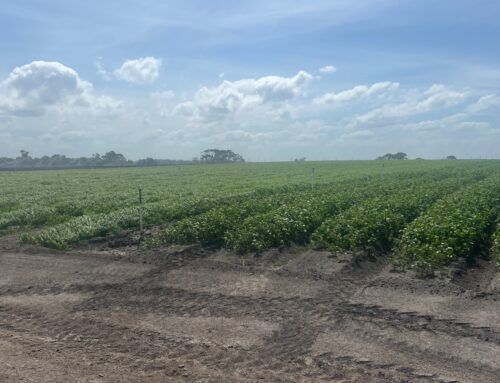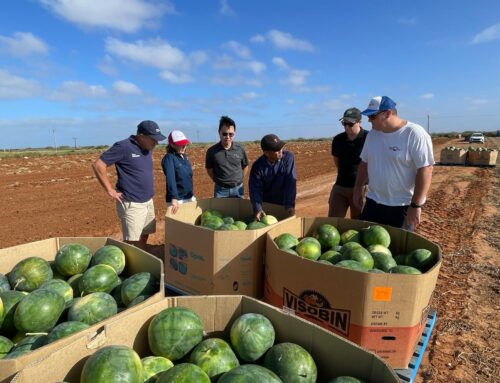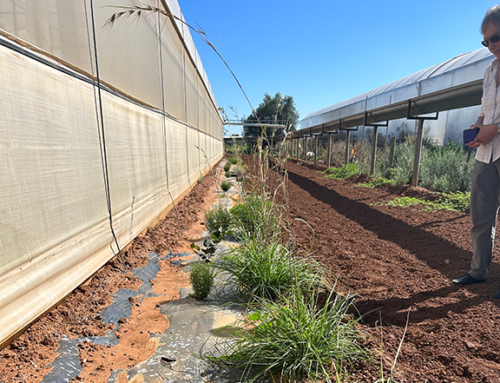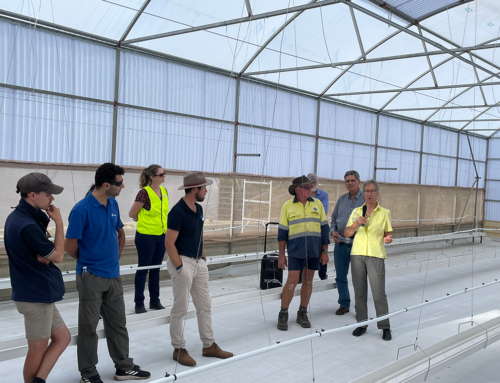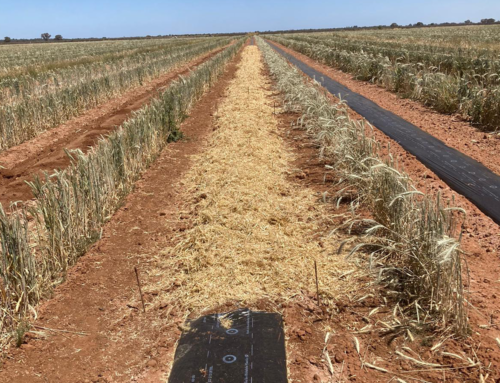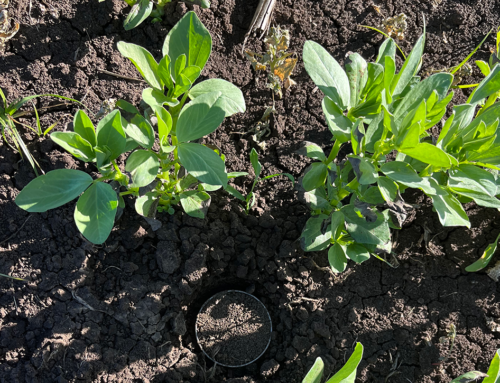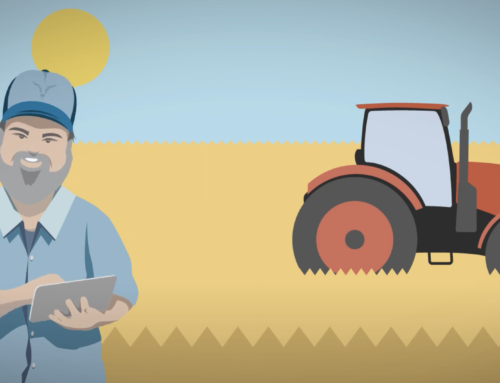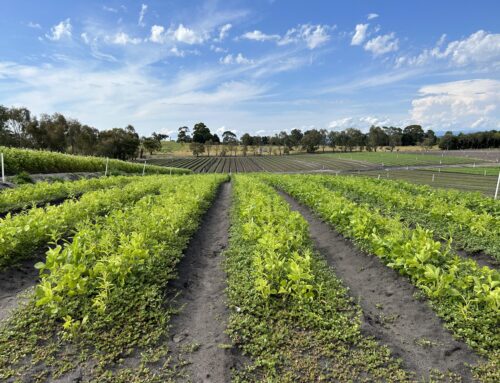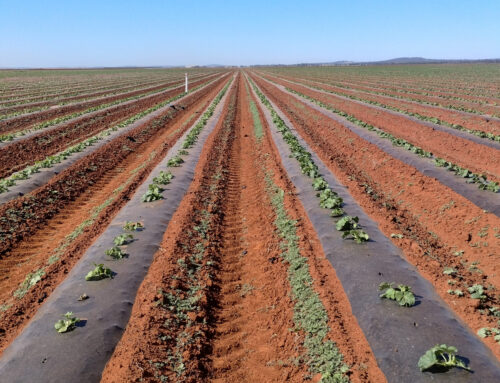As the weather begins to warm up and we look towards the summer growing season, it’s a good time to prepare for your upcoming irrigation requirements.
SWAN Systems is an irrigation and crop nutrition management software platform that provides day-to-day irrigation scheduling, seasonal water use budgeting and monitoring, and fertiliser program planning and tracking. The cloud-based platform also incorporates satellite imagery and normalised difference vegetation index (NDVI) data to help growers monitor plant health.
According to SWAN Systems Co-Founder and Chief Operating Officer Ivor Gaylard, there are some key considerations for vegetable growers to be mindful of when it comes to getting the best results from irrigation scheduling software over summer. They include:
- Ensuring a good irrigation system is in place and the physical infrastructure is set up correctly
- Calibrating the irrigation system hardware using equipment such as soil moisture probes to provide more accurate data that will help to make more informed decisions
- Access to key irrigation system hardware such as control systems, weather stations (either on-site or a public weather station nearby) and soil moisture sensors or probes strategically placed in the field to provide more accurate data for your scheduling system.
Irrigation scheduling and the use of soil moisture monitoring can also help to improve water use efficiency on-farm, which means applying enough water to meet the needs of the crop. One way to improve water use efficiency is to determine a water budget for each crop, and then compare actual water applied against this, including rainfall and irrigation.
“A water budgeting module on the platform can bring in historical weather data, your crop plans and step through a process which allows you to work out how much water you need in each field each month over the next growing season. You can very quickly work out your requirements and then keep track of budget versus actual performance,” Ivor said.
It is also important to maintain healthy soil conditions to maximise the amount of water a soil can hold, and plants can access. Ivor added the nutrition management functionality of the platform can help growers to plan and monitor their fertiliser programs and fertigation mixes.
“Incorporating a water analysis into the fertiliser program can help to monitor any nutrients that might be in the irrigation water, which is particularly important if you’re using recycled water and you want to check for nitrogen and phosphorus levels or contaminants like heavy metals,” he said.
Harvest Farms: Summer irrigation scheduling in action
As is the case for many vegetable growers, farms can operate across many fields with different soils, crop types, rotations and irrigation requirements. This is the case for Harvest Farms, a leafy salad growing operation based in Richmond, Tasmania.
The farm spans across 65 hectares with a mixture of soils ranging from sandy loams to clay soils. During summer, the farm has a complex growing schedule with 85 irrigation zones across multiple beds of salad crops under fixed sprinkler irrigation. As the leafy salad crops have a short growing cycle of three to four weeks during the summer months, planting times are staggered for each crop.
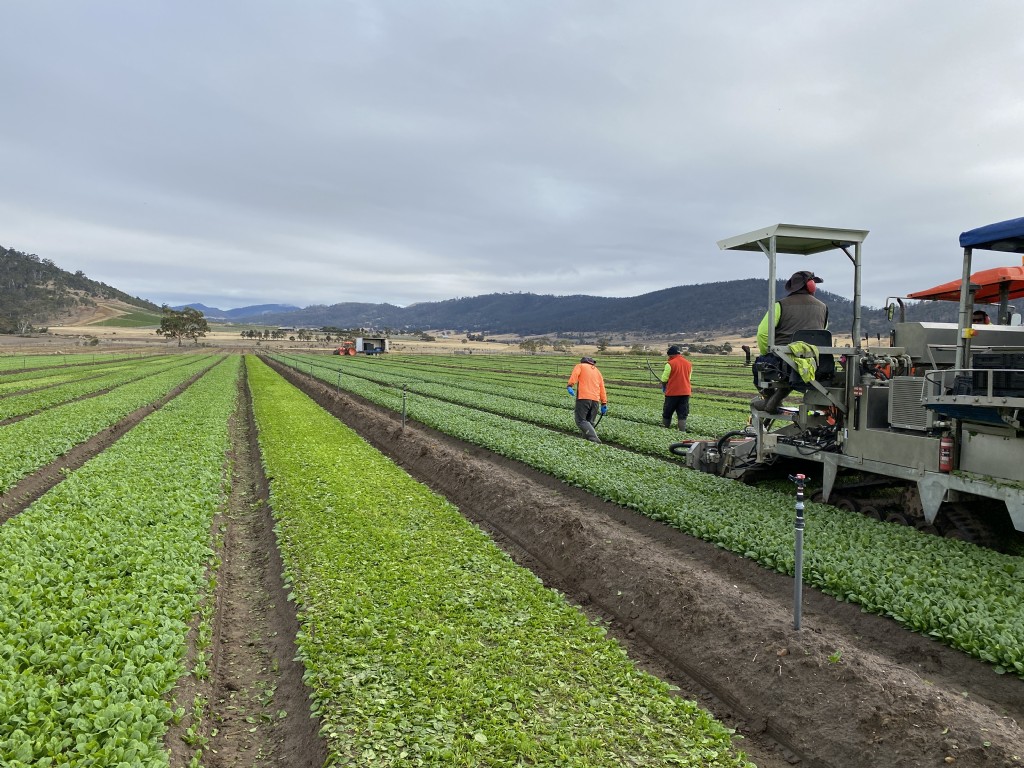
SWAN Systems worked with Harvest Farms General Manager Lawrence Cowley to trial the irrigation scheduling software during the 2019/20 summer growing period to help achieve greater irrigation efficiency, as part of the Soil Wealth ICP project. While the farm has paused irrigation scheduling over the winter growing season, it will look to revisit the system for the next summer and incorporate some of the lessons learned from the last season in the process.
“A key insight from the trial was that the crop coefficients, which is the relationship between crop water use and the weather on any given day, were higher than we originally estimated,” Ivor explained.
“At the beginning of the trial we used industry-standard crop coefficients, but by using the system in combination with soil moisture sensors, it became clear the actual water use was higher. It was a surprise and it is information we can factor into the system going forward for planning purposes.
“Overall, the trial meant that growers didn’t have to individually dig around and work out exactly how much to irrigate on each block. They can spend hours every day working out how much water to put onto each block so there was a significant time-saving aspect to the scheduling system.”
More information on the trial at Harvest Farms can be found here.
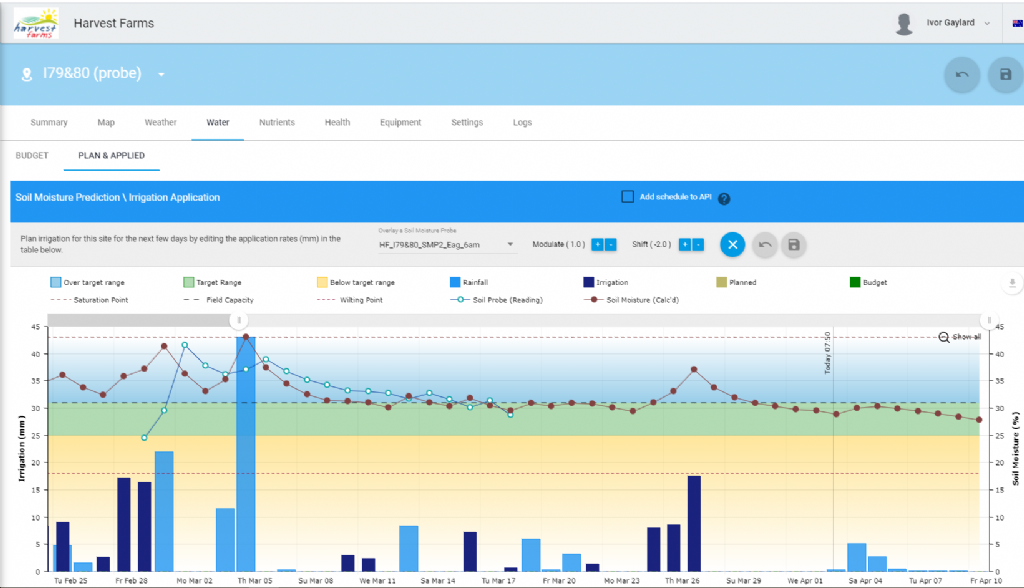
Growers can also sign up to the Weatherwise Watering daily email produced by SWAN Systems, which provides detailed weather forecasting including rainfall and evapotranspiration from the Bureau of Meteorology for over 400,000 points on a grid of locations extending across Australia.
Interested in joining the Soil Wealth ICP Partnership Network? Click here.
Images courtesy of Lawrence Cowley, Harvest Farms

